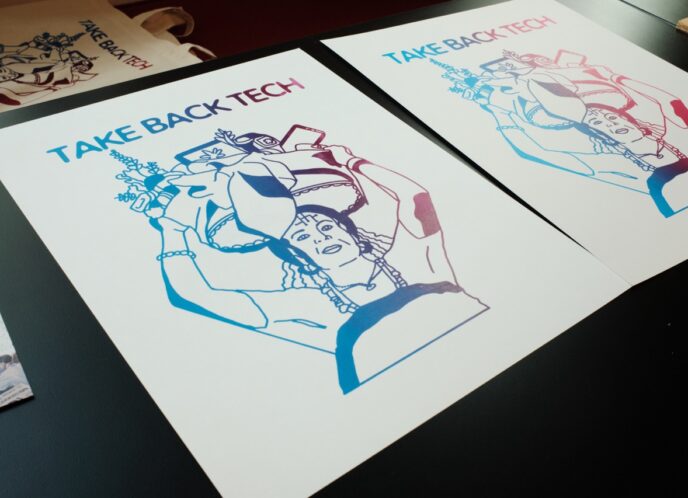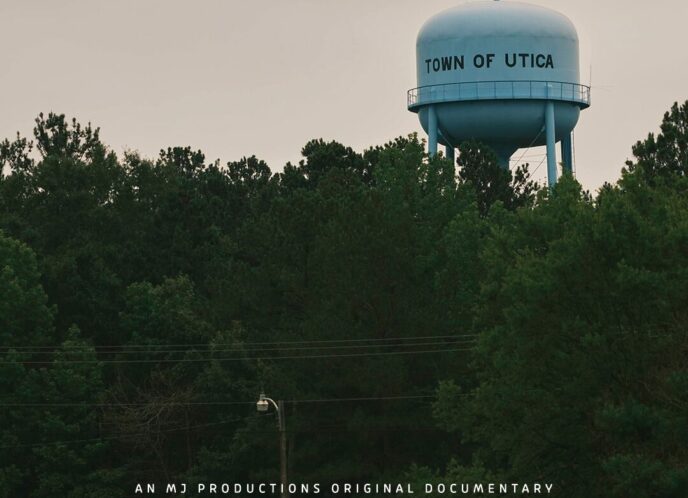What is the role of media, arts and culture in our lives? A seemingly simple question, but one I dove into throughout my first National Alliance for Media Arts and Culture (NAMAC) conference in Minneapolis. Under the banner of “Leading Creatively”, themes emerged such as creative placemaking, youth engagement, art for equity and social change, and how the hell to fund what we see as work.
The first session I attended, “Mobile Media: Defining Places, Engaging Communities” provided a wealth of examples of tools to experience places and their histories without traveling there, as well as shaping the future of these places through interactive applications. Two projects that stuck out were WalkPhilly by Termite TV, which creates educational and interactive videos about the streets of Philly and Mi Parque (my park), an app developed by an all woman team for and with residents of Little Village in Chicago.
Next came “Creating Equity, Representing Community”. As the original title read “creating diversity” instead of “equity” before pushback from panel members, the moderator began with the question “what is the difference between diversity and equity?”. To paraphrase panelist Lana Barkawi of Mizna, “Equity is ensuring that a process is representative of communities involved. Diversity often leads to people being tokenized to move an agenda forward.” Vanessa Graber from Prometheus Radio Project added to Lana’s distinction by offering a quote from Rinku Sen, “if you think about the conservative approach to racism, it’s colour blindness. If you think about the alternative – the left-liberal, it’s diversity, and neither one of those things is actually equity.”
The conversation continued with a discussion about the mainstream media’s chronic and destructive misrepresentation of communities of color, GLBT communities as well as the cultural appropriation of Native American communities. Missy Whiteman of Independent Indigenous Film and Media offered examples of these practices, including the recent “Navajo Hipster Panty” and “Navajo Flask” from Urban Outfitters, which led to a lawsuit from the Navajo Nation.
The next day began with a plenary discussion of creative placemaking, a vital topic amongst media makers working with communities experiencing economic transformation. (As seen in Paper Tiger’s upcoming documentary, Rerouting the Motor City). As conversations related to creative placemaking can easily sidestep issues of race, class and gentrification that often comes along with the creative class moving in, I was excited to see how the moderator, Malkia Cyril of the Center for Media Justice, would guide the conversation. I wish Richard Florida – the “prophet of prosperous cool” – was in attendance to listen to the panel’s discussion on what considerations make creative placemaking an equitable process, but hopefully he’ll catch up online. (and I encourage you all to check it out when it’s up as well!)
Some of the main takeaways from this complex and heated conversation include the necessity for community members to lead throughout the process; funder initiatives that attract a privileged creative class from the outside often leads to displacement; and that many examples exist of projects that were done with community betterment and vibrancy at the helm – such as the CurbCulture Project led by the Pillsbury House and Theatre in Minneapolis. Malkia summed it up well by stating, “creative placemaking can’t stop at changing the aesthetic of an area, it should be transformative for people and places from the inside out.”
Following this engaging discussion, I had the honor of participating on a panel about the role of arts, media and culture in justice work and popular movements such as Occupy Wall Street – alongside Bryan Mercer from Media Mobilizing Project and Inez Gonzalez of the National Hispanic Media Coalition, with Betty Yu from the Center for Media Justice moderating. We had the opportunity to share our work with a group that had much to offer on the topic. The conversation led to consensus around the need for more infrastructure and training programs, so that each of us can tell the stories of our histories and light the way through these transformational times.
With an arsenal of new comrades and insights for making media that cuts through the oppressive frequencies of the dominant culture, I look forward to continuing this work on the shoulders of media justice giants before me.
—
 Erick Boustead is a Co-Director of MAG-Net Member Line Break Media, which exists to support people working for justice in their communities through narrative development and multimedia production and trainings. Check out their recently launched campaign to prevent displacement leading up to the 2014 World Cup in Brazil at www.RootingfortheHomeTeam.org
Erick Boustead is a Co-Director of MAG-Net Member Line Break Media, which exists to support people working for justice in their communities through narrative development and multimedia production and trainings. Check out their recently launched campaign to prevent displacement leading up to the 2014 World Cup in Brazil at www.RootingfortheHomeTeam.org



